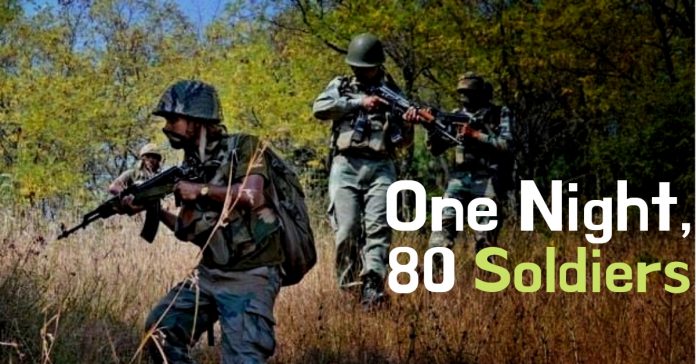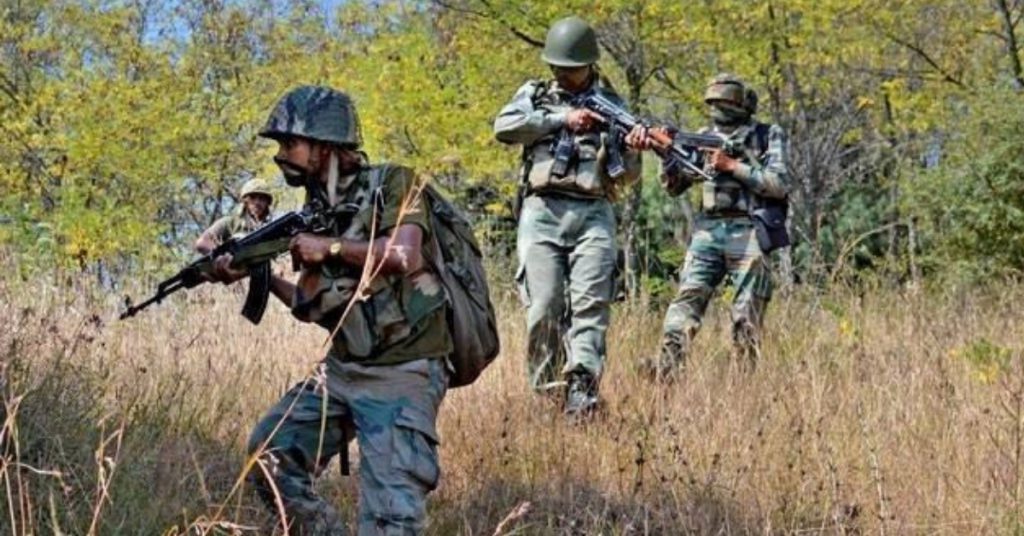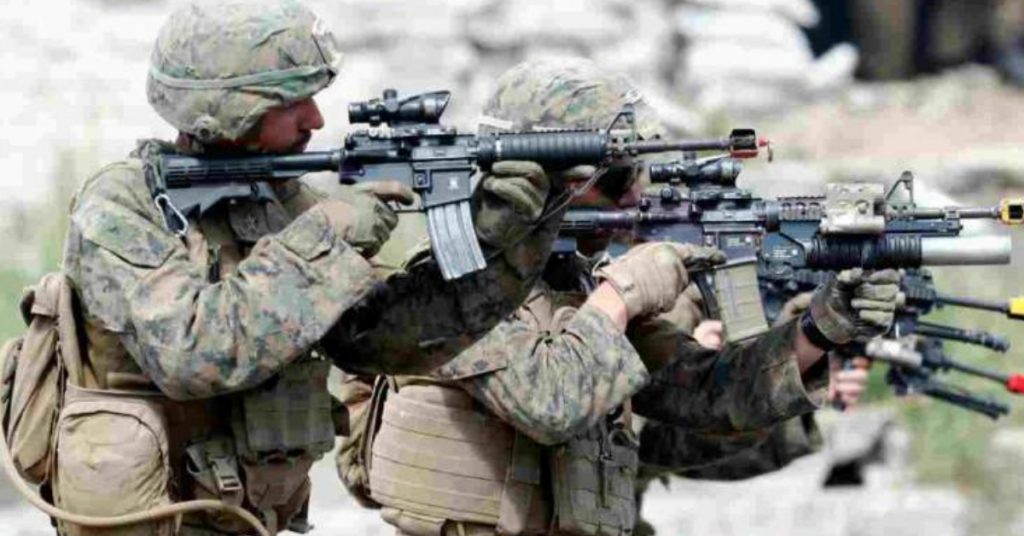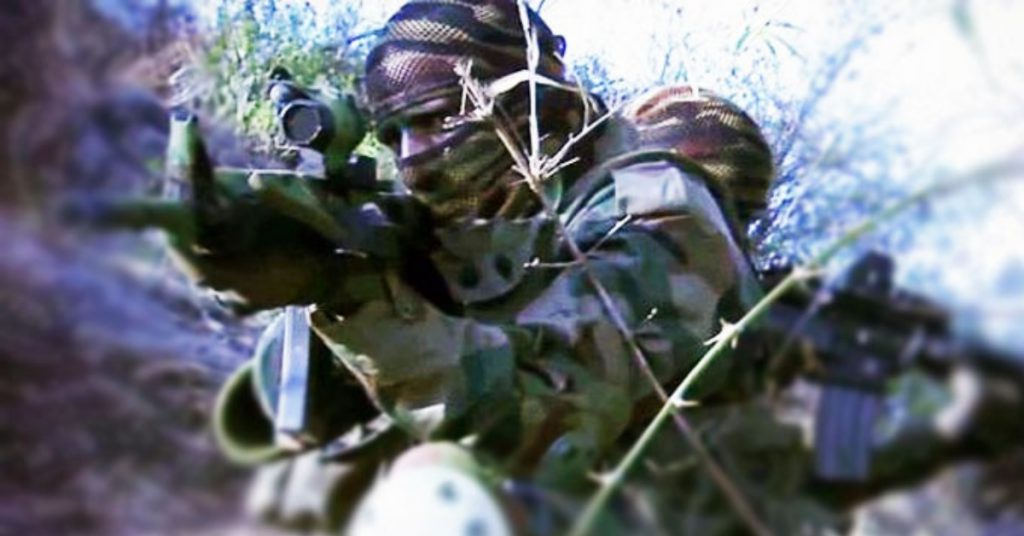
What is a surgical strike? A surgical strike is a military attack on a specific target causing minimum or least damage to the surrounding areas or the civilians. The attacks are carried out by a special operation team, air strikes or by a set of commandos sent on ground operations. Let’s know a bit about the surgical strike that India conducted after the deadly attack by the militants on security forces.
URI Attack in 2016
Heavily armed militants on September 18th, 2016, attacked the security forces near Uri, a town in Jammu and Kashmir. According to the sources, 19 Indian army personnel died during the attack. It is said to be a six-hour gun battle in which 90-100 soldiers were said to be injured. Jaish-e-Mohammed which is a militant group was said to be involved. Jaish-e- Mohammed is a well-known militant group and they have carried out several attacks in the past.

The Surgical Strike – Midnight Operation
On 29th September 2016, after 11 days of the URI attack, Indian army conducted the operation called the surgical strikes in the midnight and the operation lasted for four hours. It started at 12:30 am and ended at 4:30 am, according to the reports.
The Strike Location
The strike happened 2-3 kilometers across the line of control. The operation happened in hot spring at bhimber and lipa sector in Pakistan occupied Kashmir.

Special Forces
The paratroopers conducted the operation and at LOC, the special commandos were airdropped. The ground forces and heliborne, both were used to attack. And, that was done on launch pads which were known to be terrorists.
Evacuation
Safety of the civilians in the adjacent villages was a priority. The safety measures were high, as within 10 km of the international border, all the civilians were evacuated.

Casualties
A lot of militants were targeted during the surgical operation that was conducted by the Indian army. Around 50 terrorists were killed during the attack and a few Pakistani soldiers were also killed and injured. According to the sources, the Pakistani army defended the terrorist groups. There were no casualties in the Indian army, as the reports say.
Monitoring Of The Attack
The complete operation was monitored by Ajit Doval (National security advisor), Manohar Parrikar( Defense minister) and general Dalbir Singh Suhag (Army chief). They received the live telecast of the scenario with the help of helmet cameras and drone. The briefing was regularly given to the Prime Minister Narendra Modi as well.

Arms and Ammunition
Grenades and M-4 guns were used by the commandos during the attack. The smoke grenades were carried along with the under barrel grenade launchers commonly called as UBGL. The special force also had night vision devices along with the helmets that had cameras mounted on them.
In Denial
After the surgical strike on September 29, 2016, the Pakistani army completely denied that any such attack happened and said that there were only cross border firing. On the contrary, Pakistani PM Nawaz Sharif criticized and condemned the attack by the Indian army. Pakistani PM also said that ‘’our desire for peace should not be interpreted as our weakness’’ – according to the reports.

Why Surgical Strike
To deal with the continuous threat that came from militant groups, the decision of the surgical strike was taken. Terrorists in increasing groups kept on targeting and gathering along the line of control. The terrorist organizations were continuously showing the motive of crossing the border. The URI attack on 18th September 2016 hit the final nail in the coffin and the Indian army took the decision under the leadership of our Prime Minister Narendra Modi so, that any future mishap is avoided.
If You don’t want to miss our next Post then Like and Follow MetroSaga on Facebook and Instagram or simply download our Android App
You can also Subscribe to MetroSaga for newsletters.


























